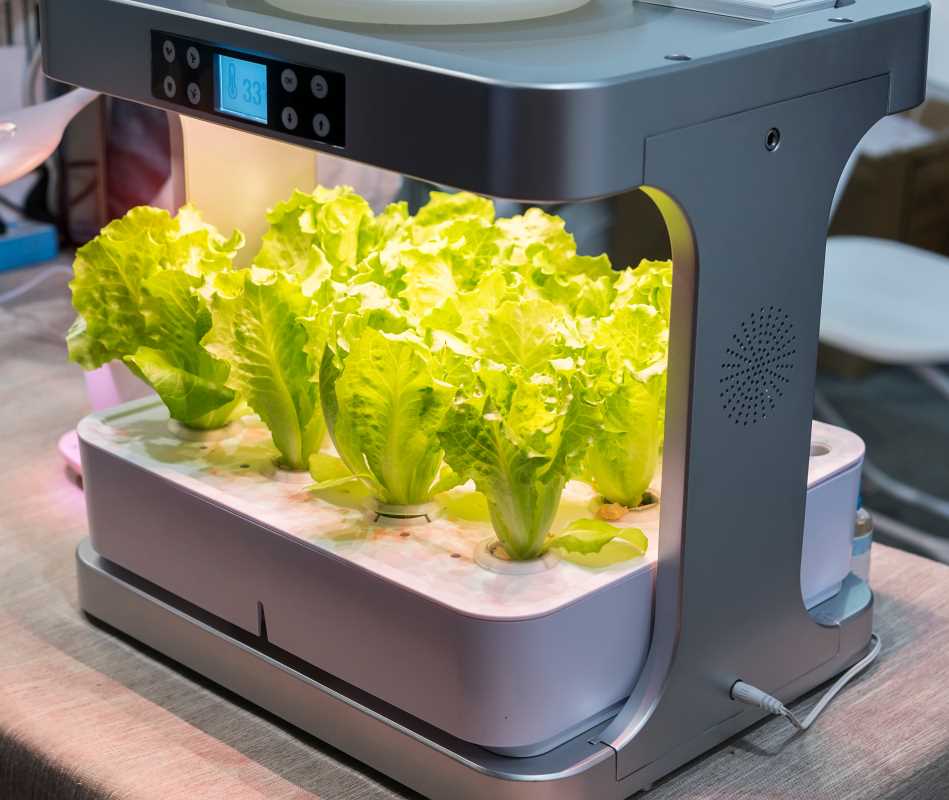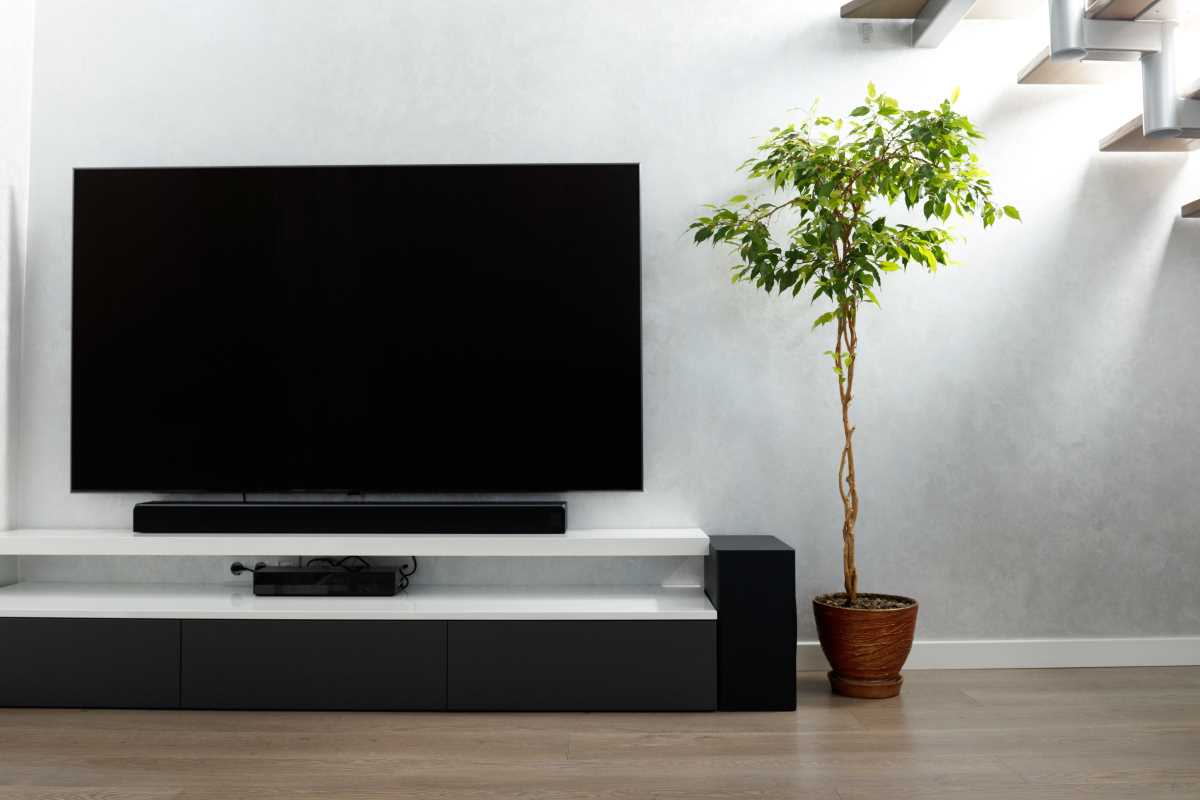Picture yourself reaching over to your kitchen countertop and picking fresh basil or cilantro while you're in the midst of cooking dinner. Today’s kitchens transform into lush, green retreats with the addition of no-soil hydroponic herb gardens. These clever systems allow homeowners to cultivate their favorite herbs with ease, seamlessly adding both practicality and a hint of nature to everyday culinary adventures. With such a setup, not only do you enhance the flavor of your meals, but you also bring a refreshing green touch to your cooking environment, making every meal preparation a more enjoyable and aromatic experience.
The Appeal of Hydroponic Herb Gardens
- Convenience: Access to fresh herbs anytime without the need for outdoor gardening.
- Space Efficiency: Ideal for kitchens of all sizes, utilizing vertical or compact designs.
- Cleanliness: No messy soil, making maintenance simple and straightforward.
- Year-Round Growth: Controlled environments ensure herbs grow regardless of the season.
- Health Benefits: Growing your own herbs can lead to fresher, more nutritious additions to meals.
Types of Hydroponic Systems for Kitchens
- Wick Systems: Use a method where wicks draw nutrient solution to the plant roots, ideal for beginners.
- Deep Water Culture: Plants’ roots submerge directly in a nutrient-rich water solution, promoting rapid growth.
- Drip Systems: Deliver nutrient solution directly to the base of each plant in controlled amounts.
- Nutrient Film Technique: A continuous flow of nutrient solution runs over the roots, providing constant nourishment.
- Ebb and Flow Systems: Periodically flood the plant roots with nutrient solution before draining back into a reservoir.
Setting Up Your No-Soil Herb Garden
Starting your hydroponic journey proves simpler than you might think. Begin by selecting a suitable location in your kitchen that receives ample light, whether natural or from grow lights. Choose the herbs you want to grow; popular choices include basil, mint, parsley, and thyme due to their relatively easy maintenance and high culinary value.
Next, decide on the type of hydroponic system that best fits your space and lifestyle. For those new to hydroponics, a wick system offers a hassle-free introduction. Assemble your chosen system according to the manufacturer’s instructions, ensuring that all components remain securely in place. Fill the reservoir with a quality nutrient solution, and transplant your herb cuttings or seedlings into the growing medium provided. Regularly monitor water levels and nutrient concentration to keep your herbs healthy.
Challenges and Solutions
While hydroponic herb gardens remain low-maintenance compared to traditional gardening, they come with their own set of challenges. One common issue involves inadequate lighting; without sufficient light, herbs may become leggy or fail to produce vibrant leaves. To combat this, invest in energy-efficient grow lights that mimic natural sunlight, ensuring your plants receive the necessary brightness.
Another challenge involves maintaining the correct nutrient balance in the water. Over time, nutrient levels can fluctuate, leading to deficiencies or toxic buildups. To address this, regularly test your water’s pH and nutrient concentration, adjusting as needed based on the specific requirements of your herbs. Pests can occasionally find their way into indoor gardens. Use organic pest control methods, such as introducing beneficial insects or applying neem oil, to protect your plants without harmful chemicals.
Enhancing Kitchen Aesthetics
Incorporating a hydroponic system not only serves a practical purpose but also elevates the visual appeal of your kitchen. Sleek, modern designs blend seamlessly with your existing decor, creating a harmonious and inviting space. The vibrant greenery of herb gardens adds a lively contrast to countertops and cabinetry, making your kitchen feel more spacious and lively.
Integrating a hydroponic indoor garden can serve as a focal point, sparking conversations and inspiring culinary creativity. By choosing stylish containers and arranging herbs in an aesthetically pleasing manner, you can turn your kitchen into both a functional workspace and a serene green retreat.
A no-soil hydroponic herb garden adds convenience, beauty, and sustainability to your kitchen, making fresh herbs easily accessible. With the right setup and solutions, it enhances both your cooking and living spaces.







